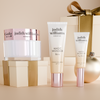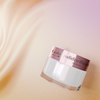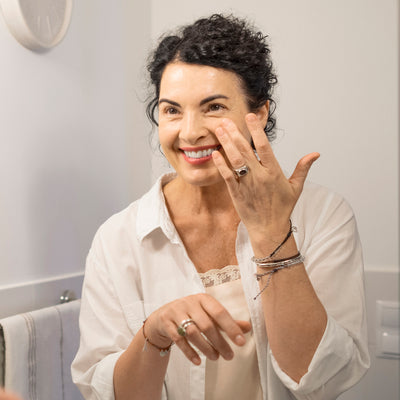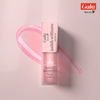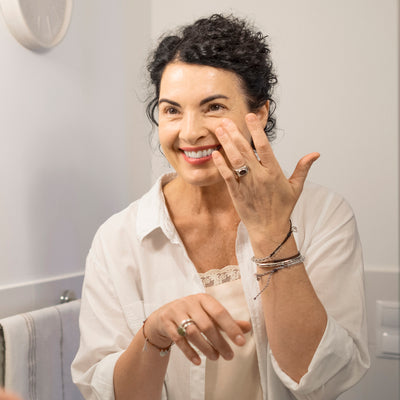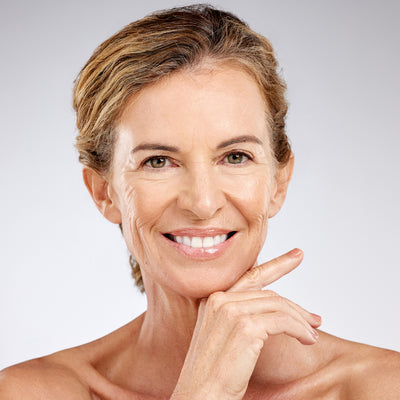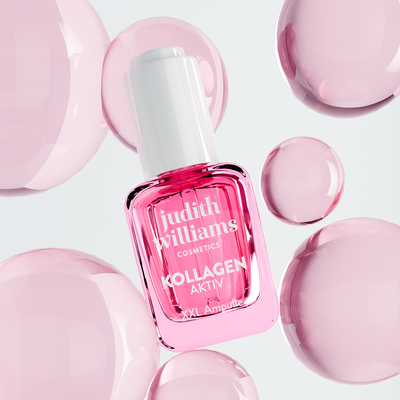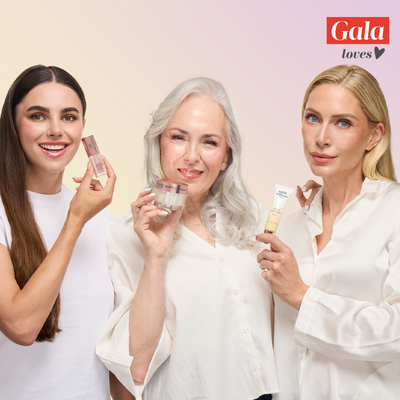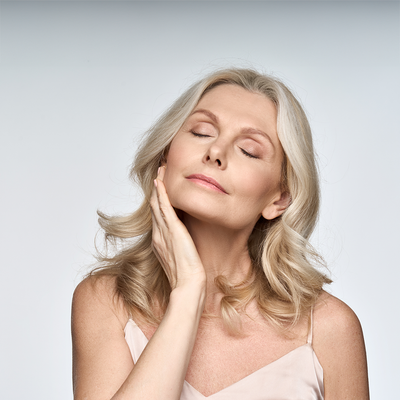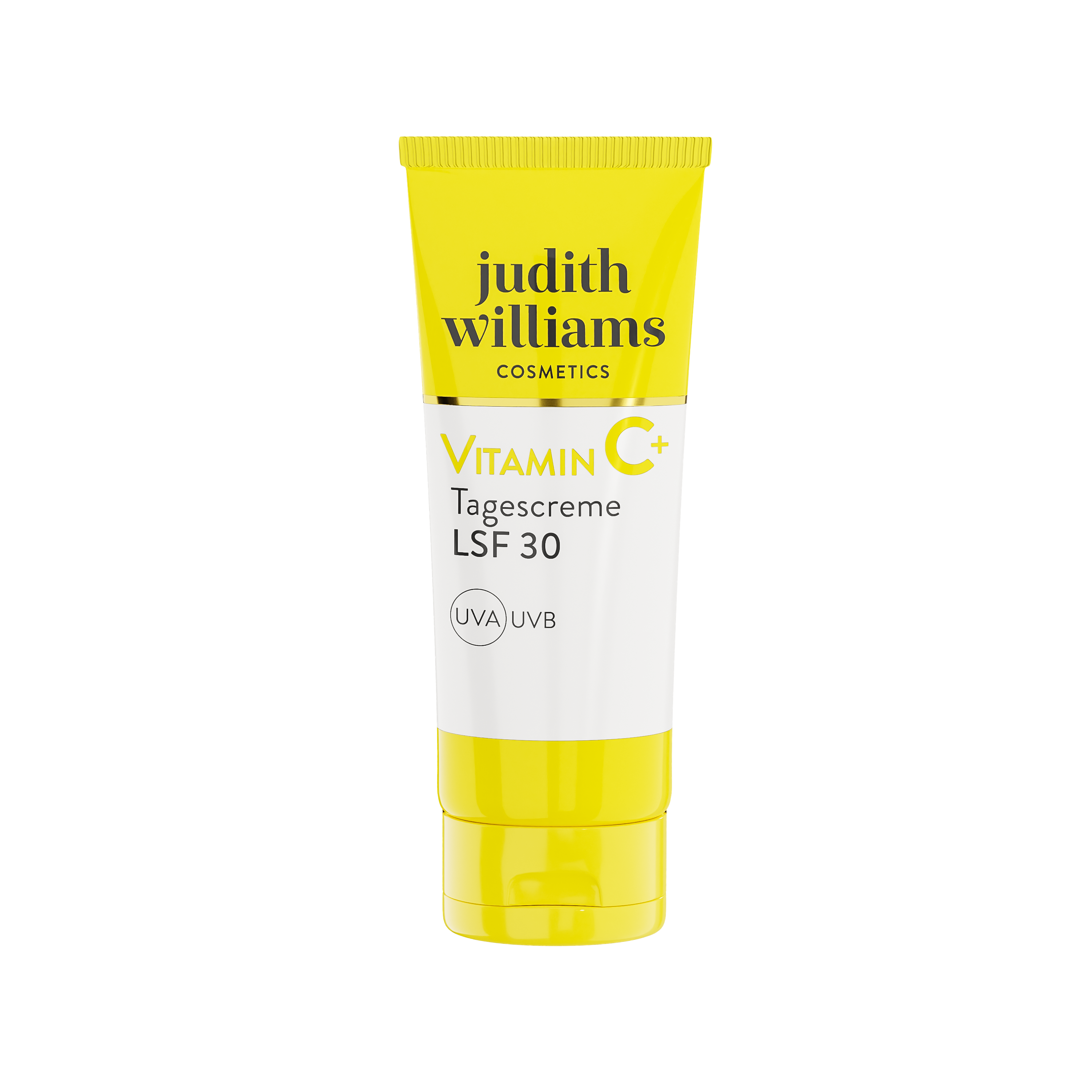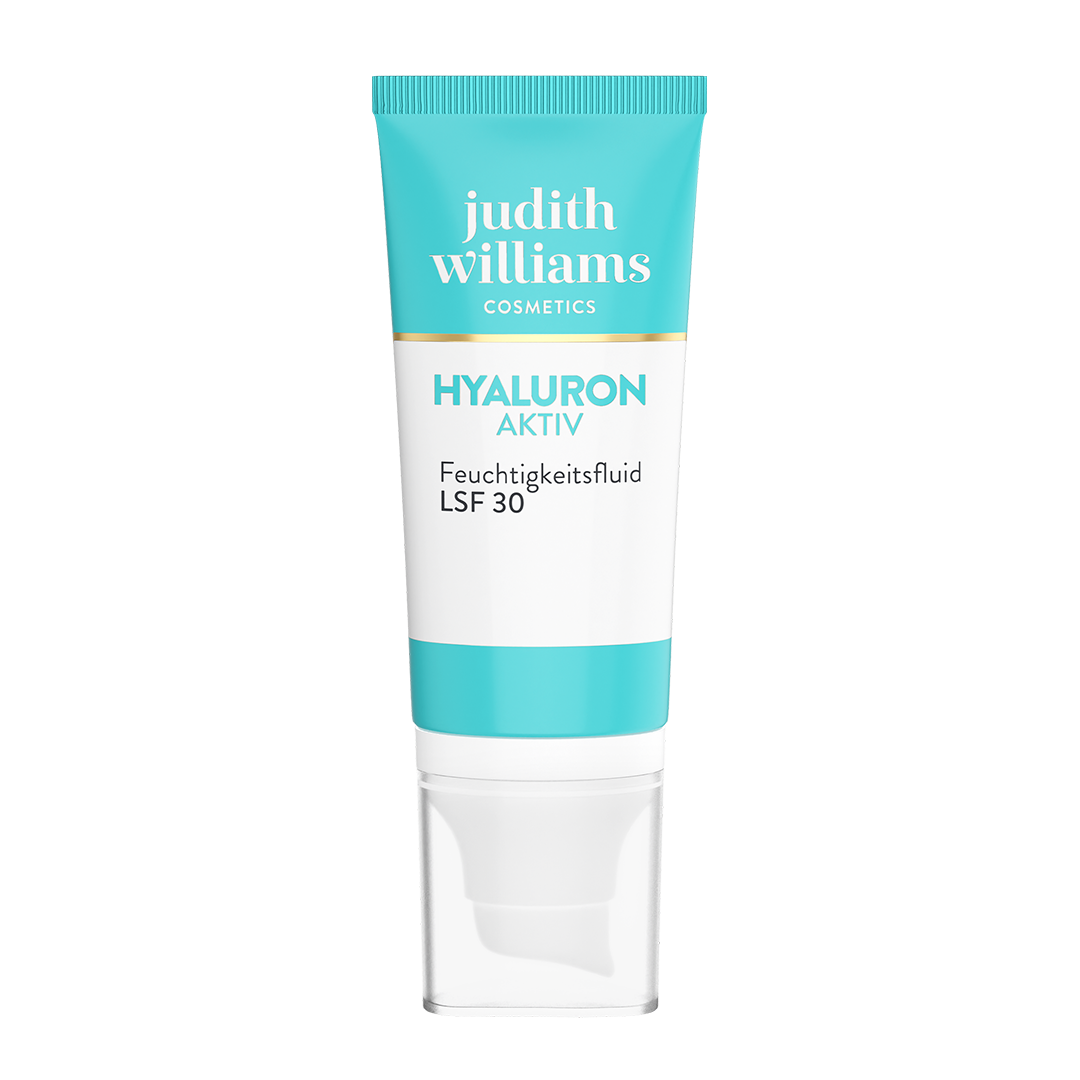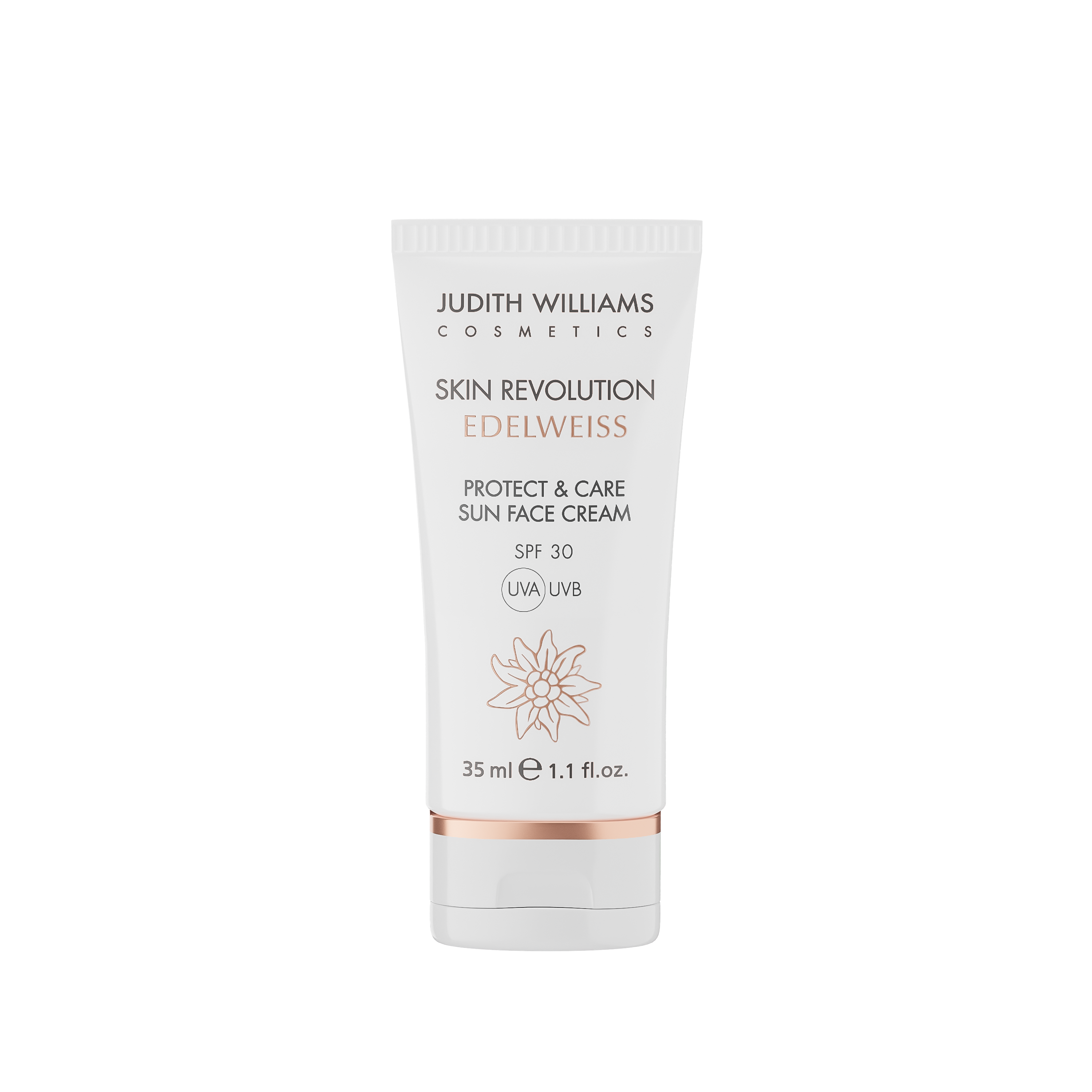SPF GUIDE: EVERYTHING ABOUT THE SURFACE PROTECTION FACTOR
What is the sun protection factor and why is sun protection even important? How does it work, what does it say and how much SPF do I need? Many questions – we have the answers.
Why is sun protection so important?
Daily sun protection is the most effective anti-aging measure – even before creams and serums. Because UV radiation is that Main cause of premature skin aging, pigment spots and skin cancer. Even when the sky is cloudy or in winter, UV rays hit your skin. That's why you should have one every day Sun protection product Use with appropriate sun protection factor, not just on the beach.
🔍 What is SPF anyway?
SPF stands for Sun protection factor (English: SPF – Sun Protection Factor) and states, how long your skin is protected from sunburn, compared to unprotected skin. Example: If you get sunburned after 10 minutes without protection, an SPF 30 theoretically extends this time to 300 minutes. But be careful: sweat, water and friction shorten the protection, so regular reapplying is mandatory!
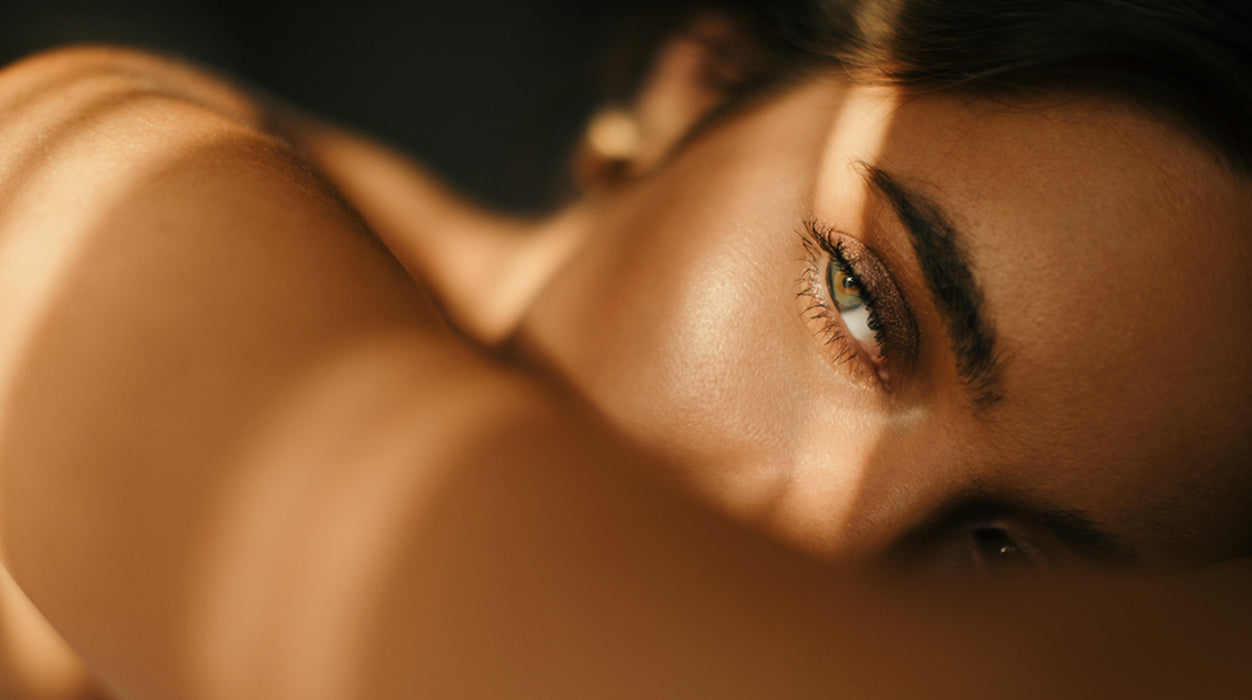
SPF IS MORE THAN SUN PROTECTION
SPF not only protects the skin from harmful UV radiation and thus the signs of aging. By protecting it daily, you also give your skin a chance to slowly recover from previous damage.
UV-A vs. UV-B – and what does SPF really protect against?
UV radiation is invisible to the human eye and consists of different wavelengths: UV-C, UV-B and UV-A. While UV-C rays are almost completely intercepted by the earth's atmosphere, penetrates UV-B radiation up to the upper layer of skin and can there Sunburn, Cell damage and long term Skin cancer cause. UV-A rays On the other hand, they are even longer wavelengths - they penetrate deeper into the skin and accelerate it Skin aging and promote the education of Pigment spots.
The sun protection factor (SPF) protects against UV-B rays and thus against sunburn - but not automatically against UV-A rays, which accelerate skin aging. That's why it's important to look for products with broad spectrum protection that cover both UV-B and UV-A.
☀️Product tip: The Ultra Protection Serum with SPF 30 can be easily integrated into daily care and reliably protects the skin from UV-A and UV-B rays.
WHAT LIGHT PROTECTION FACTOR DO I NEED?
In order to choose the right SPF, it is important to know how long your skin has to protect itself. The skin's own protection time depends on the Skin type and is the time you can spend in the sun without getting sunburned. For example, if you have very fair skin and are therefore more sensitive to sunburn, it is better to use a higher sun protection factor.
💡Important to know: The intensity of solar radiation can vary greatly depending on the time of day, season, latitude and altitude at which you are. To be able to enjoy the sun carefree, you should always use day cream with the right sun protection factor. For the SPF 30 is usually enough for everyday use, e.g. B. in the form of a light Day cream. In intense sunlight – for example on the beach or in the mountains – is recommended high SPF 50+to protect the skin as best as possible.
Further questions about SPF
The 2-finger rule is a practical rule of thumb for applying the right amount of sunscreen. To do this, draw a line of sunscreen about the thickness of your finger along your index and middle fingers. This amount is roughly enough to adequately protect the face, neck and décolleté - which corresponds to approximately half a teaspoon amount.
You should ideally use a light, moisturizing product under the sunscreen or day cream with SPF - for example a serum or an ampoule. These provide the skin with intensive moisture, strengthen the skin barrier and ensure that your skin looks fresh and cared for all day long.
In the Everyday A day cream with SPF can be a good solution - especially if it is at least SPF 30 and Broad spectrum protection (UVA + UVB) offers, like ours Vitamin C + day cream. It also nourishes the skin and contains antioxidants that help neutralize free radicals caused by sun exposure.
Yes, you can get a tan even with SPF, just slower and safer. The sun protection factor filters some of the UV rays, but does not block them completely. This allows your skin to develop a natural tan without being damaged.


